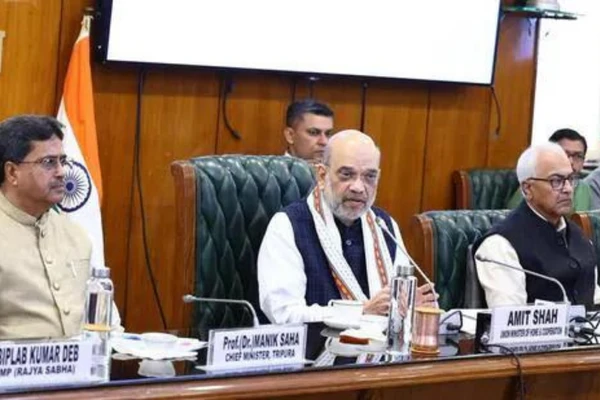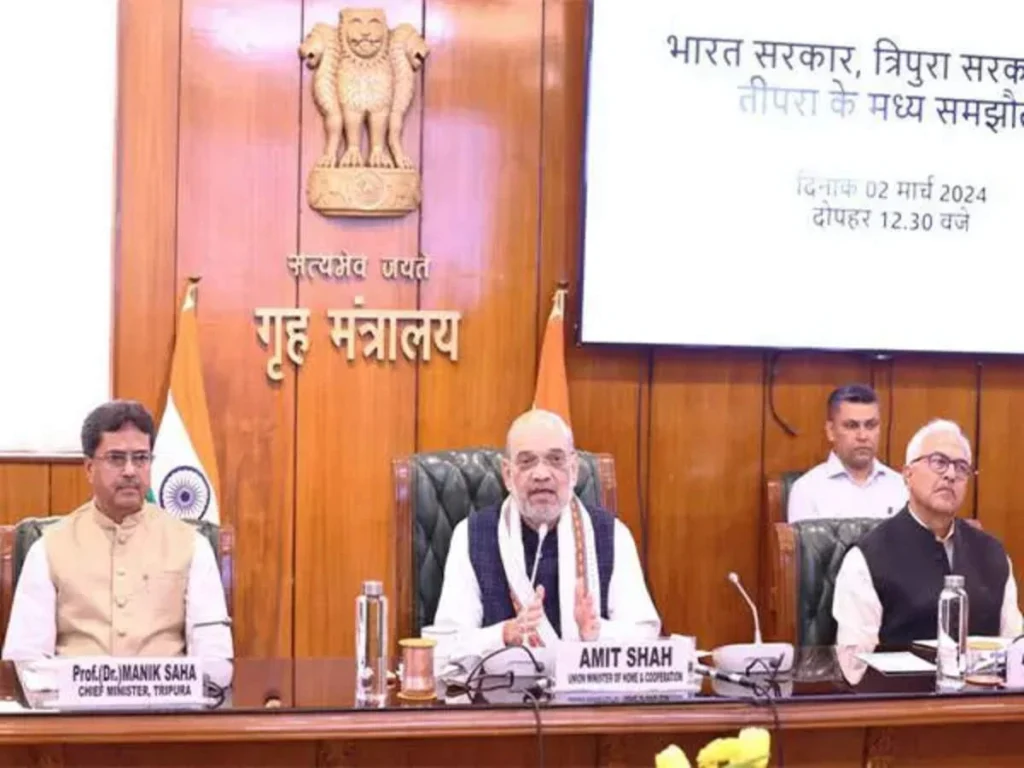The Central government recently signed a tripartite agreement with Tipra Motha and Tripura government to solve long standing issues of indigenous population.
About the Tripartite Agreement:
- A tripartite agreement with Tipra Motha or Indigenous Progressive Regional Alliance (TIPRA) was signed to solve the problems of the state’s indigenous people.
- This enabled the government to correct past wrongs, and accept the present reality to proceed towards a stable state with an autonomous body.
- The peace pact with the insurgent group National Liberation Front of Tripura (NLFT) was signed earlier as a counter-extremist measure.
- Tipra Motha head was on a ‘fast-unto-death’ to demand a permanent solution to the problems of the indigenous people in Tripura.
- But negotiations with the Central Government and Tripura State government, led to an agreement related to their interests.
- It included matters of history, land and political rights, economic development, identity, culture, and language.
- A Joint working group/ committee will be constituted for implementation of mutually agreed points on issues in a time-bound manner.
- It also included key demands of the Greater Tipraland by indigenous communities.
- All stakeholders shall refrain from any form of protest/ agitation, post the signing of the agreement.
- Tipra Motha demanded a separate state for Tripura’s tribals and include those living outside the Tripura Tribal Areas Autonomous District Council (TTAADC) area.
- Autonomous District Council (ADC) are administrative divisions in Assam, Tripura, Meghalaya and Mizoram under the Sixth Schedule of the Constitution.
- Increase powers of the TTAADC like direct funding from the Centre, its police force, and share of revenue from gas exploration in the state.
- Roman script to be declared as the official script for the indigenous Kokborok language.
Ref:Source
| UPSC IAS Preparation Resources | |
| Current Affairs Analysis | Topperspedia |
| GS Shots | Simply Explained |
| Daily Flash Cards | Daily Quiz |



